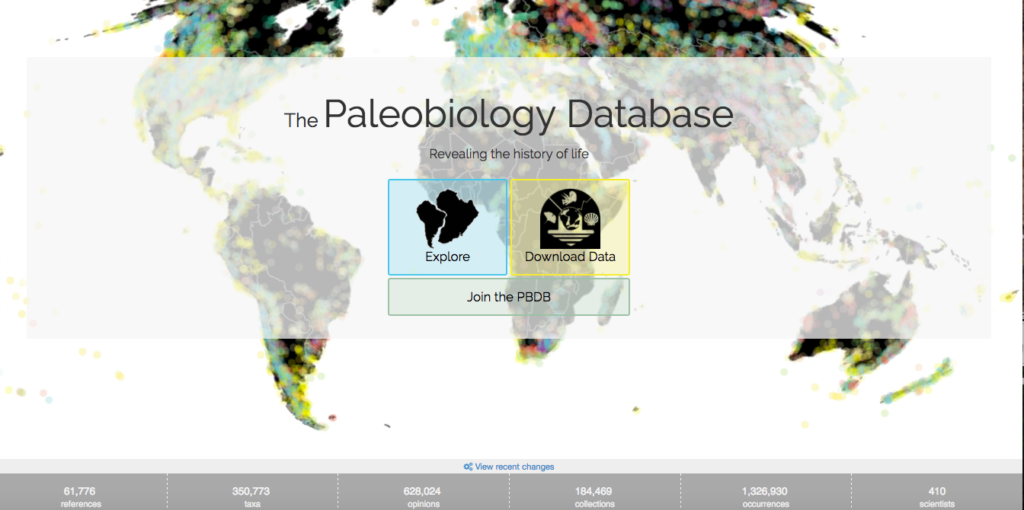
This amazing map will help you explore the history of life
For a few decades, paleobiology researchers have tried to answer a question about the evolutionary history of life on our planet. To accomplish this quest, scientists gathered and analyzed thousands of samples from all around the world, trying to find relationships between various species.
Recently I came across an interesting database tackling this problem in the form of an interactive map. The PBDB Navigator aggregated information about the fossil occurrences from all over the world contributed by over 400 scientists.
When you enter the website, it offers you a few options. You can explore the data, download it to do your own analyses or register and contribute to the project.
After selecting the exploration option, you will see an interactive timeline that allows you to filter fossil collections by time and displays their paleogeographic locations in the form of dots. Upon closer look, you will see that each of them differs in size and color. The difference lies in the fact that the greater the dot, the greater the number of occurrences in the region. Additionally, the color represents the particular eons.
After choosing location and time-span, maps show all collected fossils. Keep it in mind that the closer to the root, the more occurrences we have at our disposal, meaning that by choosing higher time scale you will still have access to lower branches. It works on the same principles as geologic time scale which most of us had at high school. Each dot holds information like occurrences, interval, stratigraphy, lithology, the environment in which it was found, location, reference, authorizer and the taxonomic rank.
On the right side of the map, we can filter desired samples that are divided into the list of animal classes. I like the idea that the filtration of samples and the timeline are closely related to each other. When choosing a particular period, you will get access to the samples that come from that moment in time.
On the right top of the website, developers added a fast search engine. In my case (as a fan of Jurassic World) I was looking for T-Rex fossils.
As you can see in the picture below most samples were discovered in North America and they come from Late Cretaceous. To be honest, results look better than I anticipated.
On the left side, you might notice several options like changing projection, fast search, zoom in, zoom out, charts and download button. The overall graphics is quite minimalist, but I really like the charts because they are beautifully crafted. What’s more, you can download images and data charts in well-known formats for your own use!
It’s also possible to provide a shareable link of your work. In the example below, I was curious about a number of occurrences of Saurischia fossils from the Mesozoic era. To make a graph and download all necessary data took me less than a minute! In my opinion, it is a fantastic and powerful tool to explore the data.
Another thing worth mentioning are the datasets. They came from various sources including PhyloPic database, Paleobiology Database and GPlates libraries. Current development of the PaleoBioDB database, API, website, and example applications is being carried out in the Department of Geoscience at the University of Wisconsin-Madison.
The project and its scale are really impressive. Data presented on the map have a unique style and provide relevant information. The graphical user interface is easy to use and makes your job a pure pleasure. As authors said, the goal of the project is to provide global, collection-based data for organisms of all geological ages for independent development of analytical tools, visualization software, and applications of all type. Ultimately, if you are interested in paleobiology research, I would definitely recommend this map. Outstanding project!

















